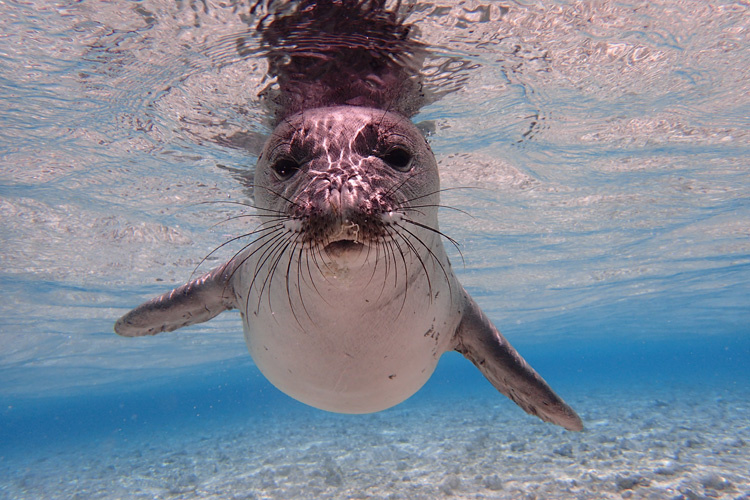In September 2019, the U.S. Department of Interior’s Office of Insular Affairs awarded Island Conservation $244,756 “to implement a showcase eco-system rehabilitation and restoration project in the UNESCO-designated Rock Island Southern Lagoon of Palau,” an archipelago of nearly 450 small islands in the western Pacific. The focus of the project was to be “removing invasive rats from the Ngemelis Island complex and promote the recovery of seabird populations.”
Seven months later, the non-profit appealed to OIA for nearly a quarter-million dollars more, this time to “remove” cats from Palau’s Ulong Island. One would expect such a request to be a detailed account explaining, among other things, why, before even getting underway, their original project had so expanded in its scope as to justify a budget twice the size of the original.
Apparently, though, such rigor is unnecessary—perhaps even unwelcome—at OIA. Instead, a little creativity seems to be the key to winning over the agency’s decision-makers. Less than one month after receiving the request, the agency awarded Island Conservation $239,922 “to eradicate feral cats in the Ulong Island area of the Rock Islands Southern Lagoon.”

